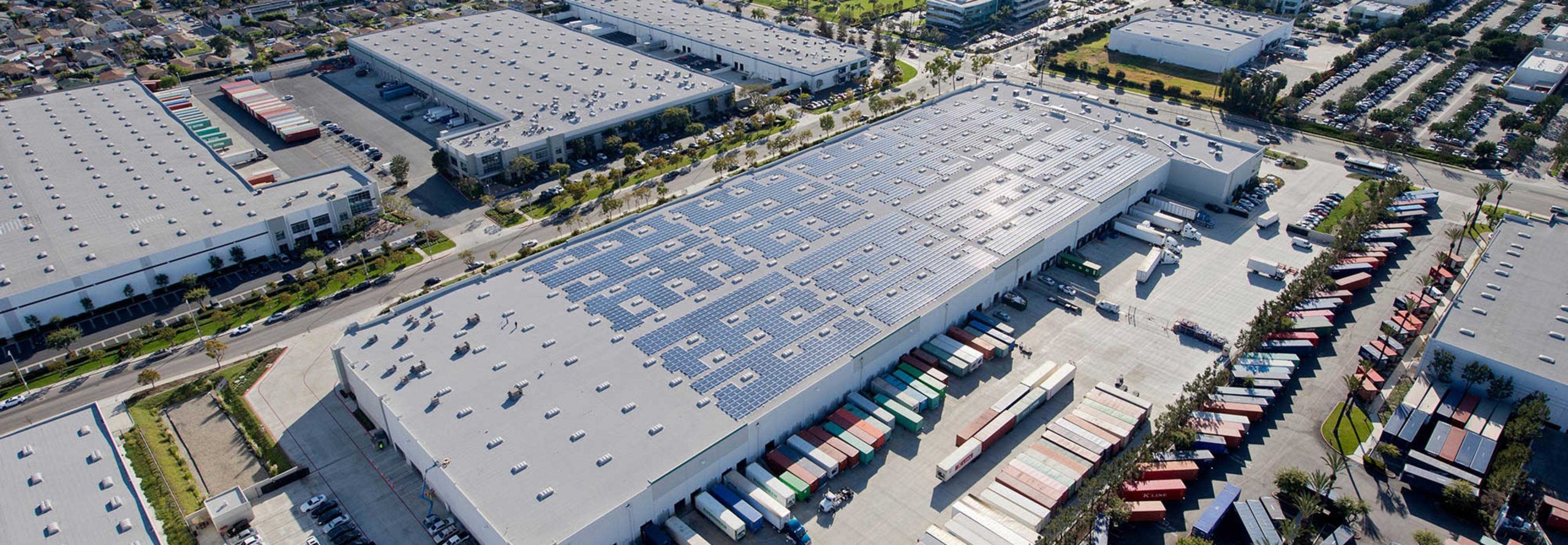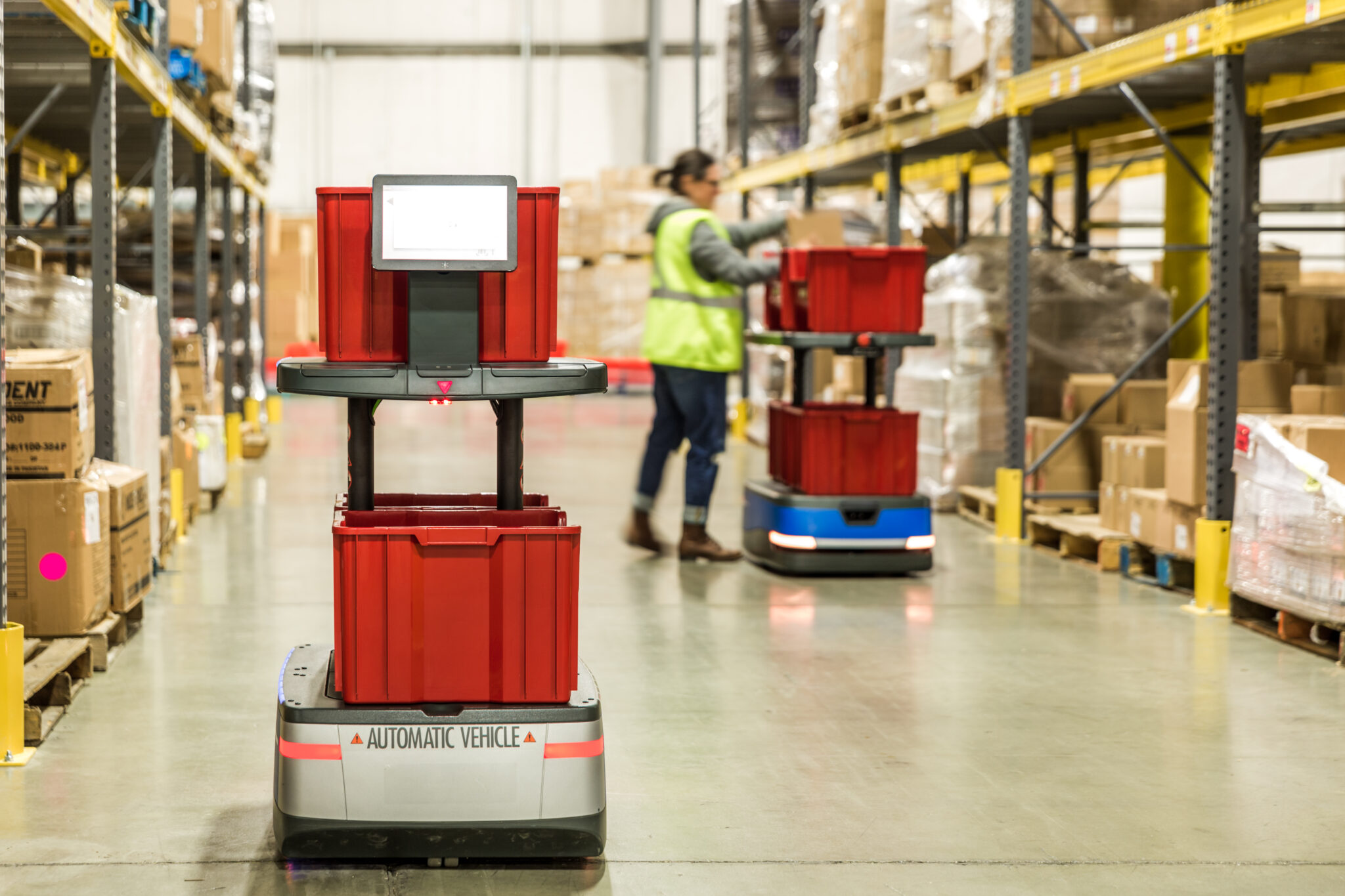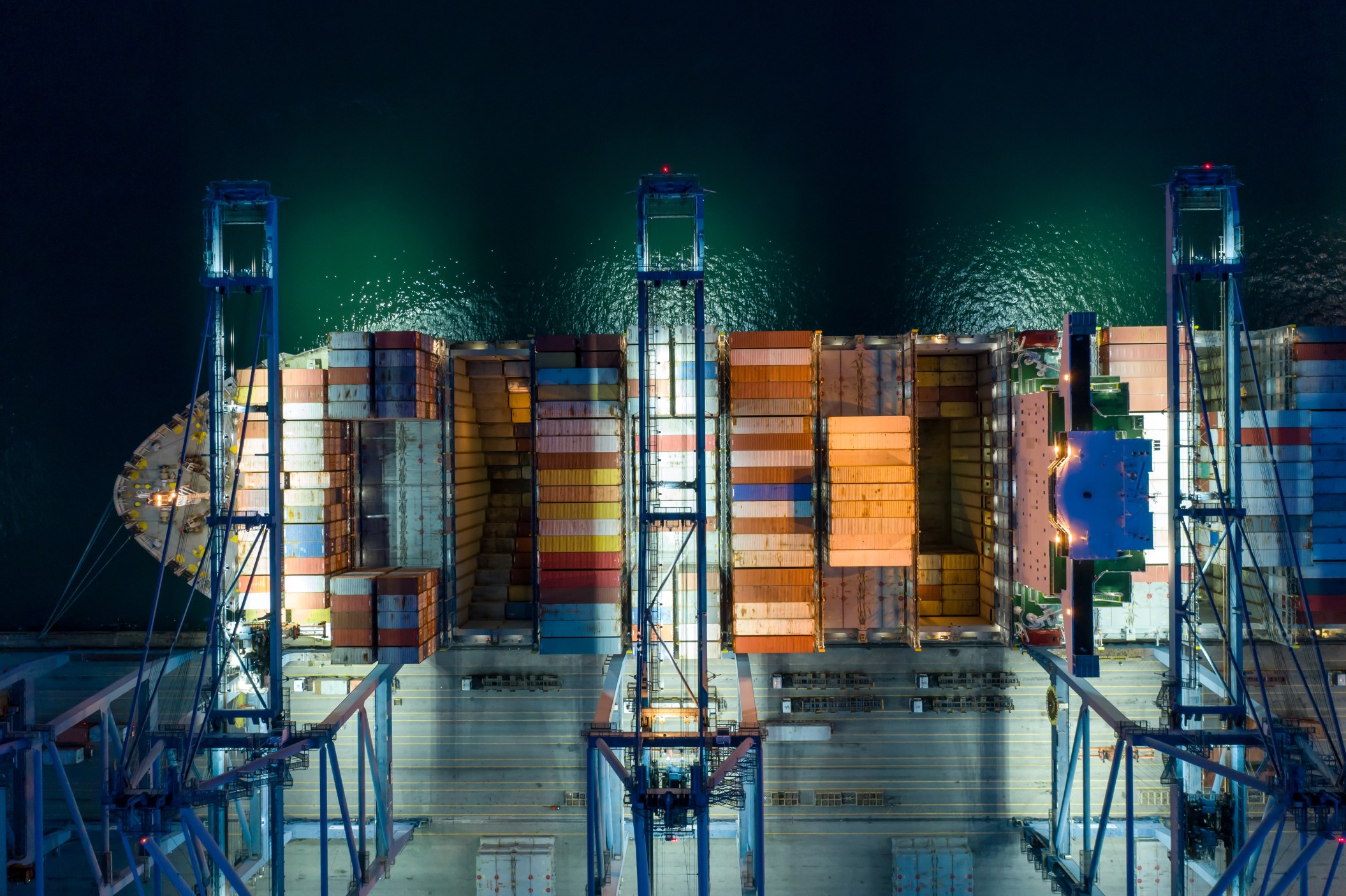With the convergence of the COVID-19 pandemic and ongoing natural disasters, global supply chain problems such as product shortages, congestion and price spikes have become more prevalent. Consequently, companies have had to compress their response times to these crises, forcing producers and shippers to pivot more quickly. In the era of COVID-19, strategic planning has given way to risk and contingency planning. Zeid Ramtoola, General Manager for H.A Ramtoola & Sons Ltd, discusses how digitally transforming the way decisions are made will be a key differentiator as companies become more agile and flexible in response to today’s interconnected supply chains.

Manufacturers and retailers have been struggling to keep up with shifting demand, labour and materials shortages, port congestion and more severe natural disasters. The sudden and acute impacts of these events on supply chains have compressed the timeframe in which companies must make decisions about complex and often costly problems. As demand uncertainty and sustained disruption make long-term planning even more of a “crystal ball” exercise, the focus for these organizations must shift to shorter-term risk mitigation, contingency planning and the ability to continually pivot around reality. The broader trend toward proactive risk mitigation predates COVID-19, as supplier networks have become increasingly global, more interdependent, and more complex. More recent destabilizing events, however, have accelerated the need for crisis planning, requiring producers, suppliers and their transportation and logistics vendors to be able to analyze new inputs and constraints quickly and arrive at holistic decisions within days, rather than weeks or months. “Gone are the days of the static environment where management can sit down at the beginning of the year and plot out a vision for the next five or 10 because you have some reasonable expectation of what the world’s going to look like,” says Zeid, general manager for H.A Ramtoola & Sons Ltd at, a supply chain & distribution company In Mauritius. “You need to anticipate scenarios and develop rapid responses. You don’t have six months to spend with a stack of Excel files trying to figure it out.”
Digital transformation has offered solutions for companies navigating this new territory of risk planning. With access to advanced data science methods, innovative algorithms, as well as control tower platforms to achieve end-to-end visibility across the supply chain, companies can raise up their game in a market where speed of decision is as important as speed to customer. As more companies adopt higher-tech methods, they raise the performance bar for everyone, leaving behind those that are slow to implement new tools and workflows. Zeid sees a general resistance to change as an industry-wide failure of the imagination, noting that most supply chain decision-making today is still done on Excel spreadsheet macros. “We’re in a world where a lot of supply chain leaders are far from being digital natives,” he says, “but schools are teaching second graders the basics of programming and Python. Between the wider acceptance and knowledge of programming and organizations moving to have centralized data repositories, we’re seeing a quickening of the decision-making process.”





